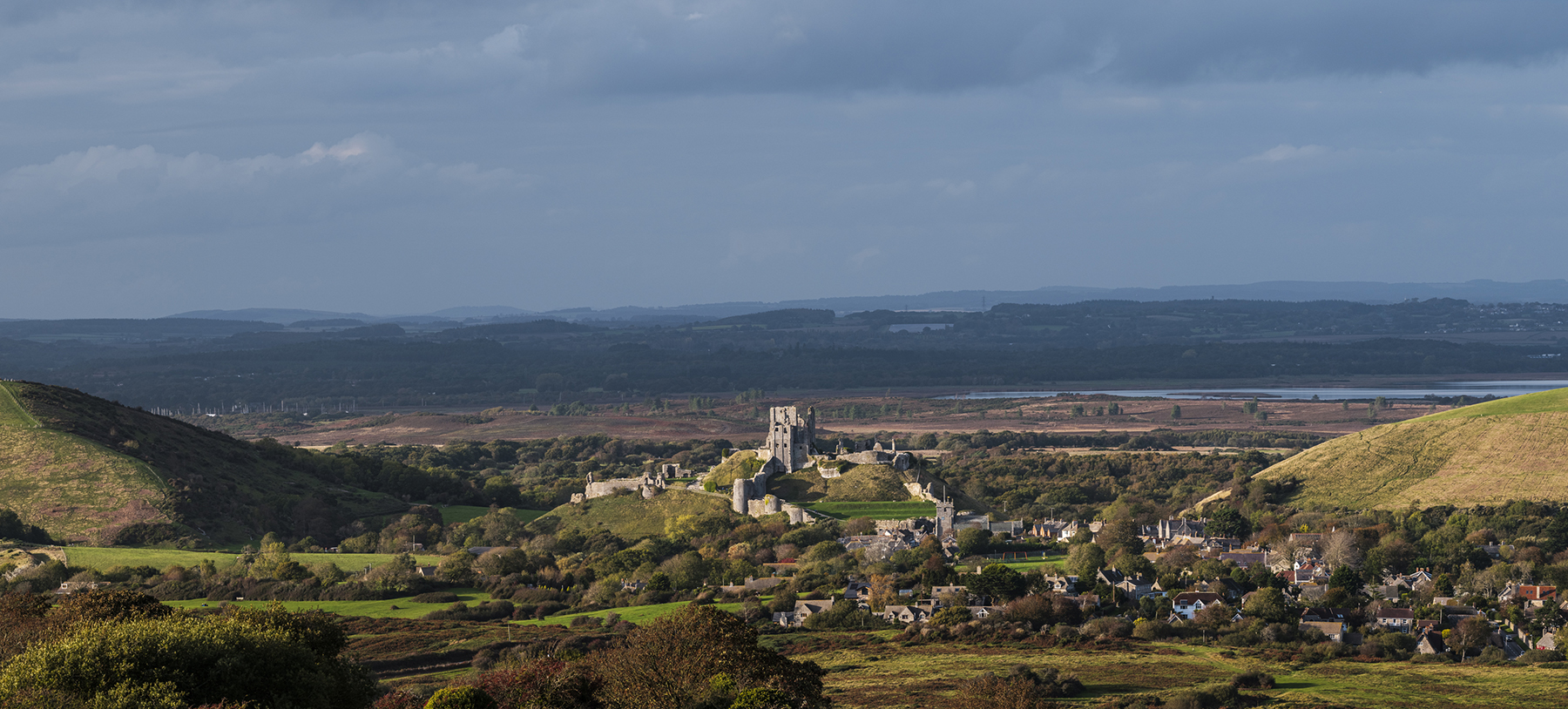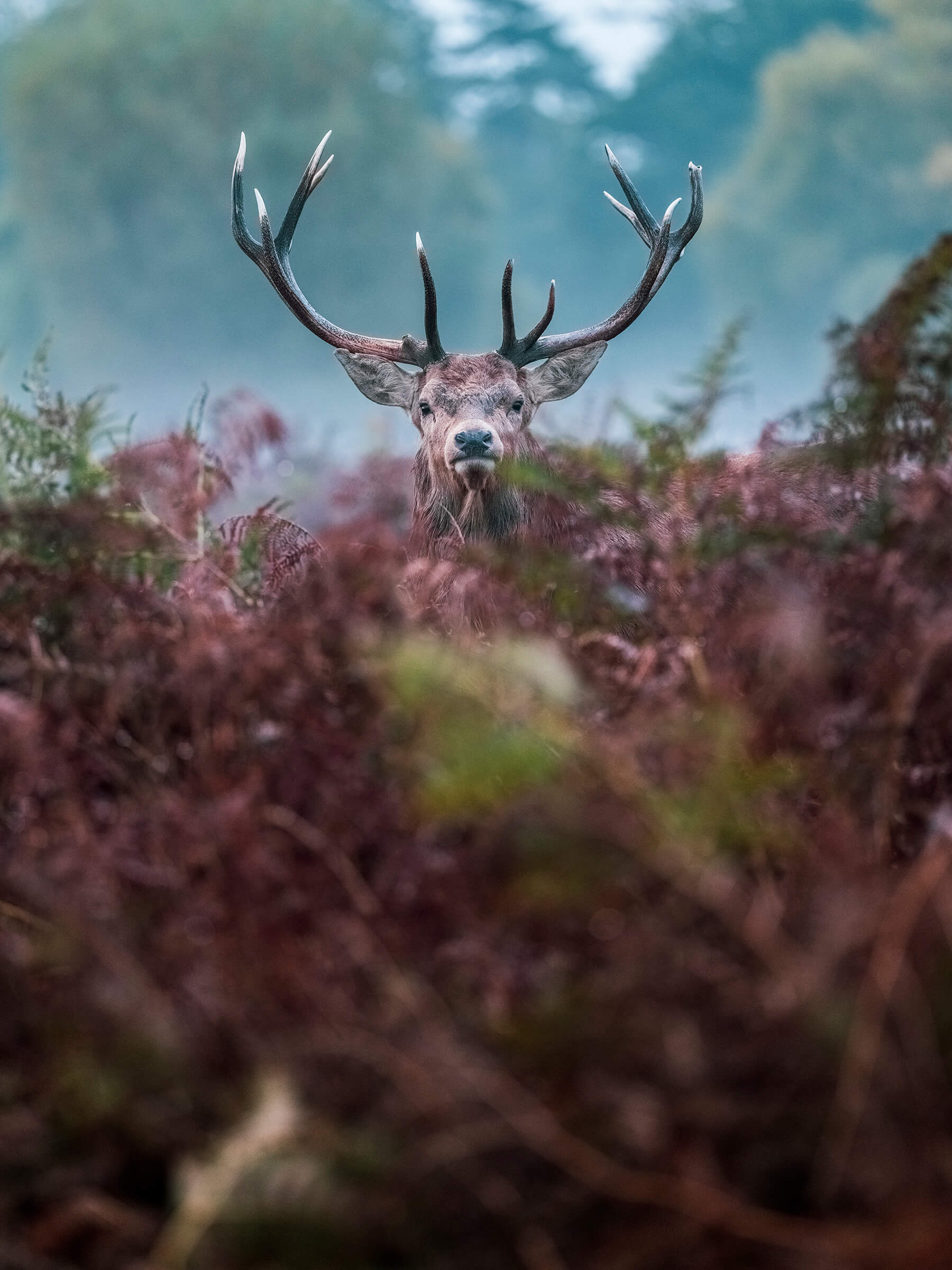
Landscape photographer John Hanson broadens his horizons with the Fujifilm GFX 50S – Make the Switch
Posted on Nov 29, 2019
Landscape and wedding photographer John Hanson has tried and tested many camera models – but how did he get on with the Fujifilm GFX 50S?
SPONSORED BY FUJIFILM
For as long as I can remember I have loved the outdoors and going in search of wildlife at my local nature reserves. On my 13th birthday I was given a small digital compact camera which I used to photograph the wildlife I found, and this was where my journey began. I soon realised that to capture any distant birds, a bridge camera was required, so I got a Fujifilm S1500. A few years down the line, I bought my first DSLR, a Pentax K-x; and with that my knowledge and enthusiasm kept growing. Over the years I’ve owned systems from Pentax, Canon, Nikon, Panasonic and Olympus. All of which were great, but they all lacked in certain areas for my needs. Currently I am invested in Sony cameras – the A7R III and A6500. Both are packed with amazing features and are nearly perfect for my needs. Being a mirrorless system, it has the advantage of adapting lenses, so I can still use lenses from some of my previous systems. Whilst I am happy with my current system, I do sometimes wonder, where would I go next? That’s where the Fujifilm GFX 50S comes into the equation!
Dorset has always been my home and I love it here. I have the coastline on one side and the New Forest on the other. Although I am wildlife mad, my work primarily consists of landscape photography these days. When I found out Photography News had selected me as one of the photographers for Make the Switch I was over the moon! Medium format is something most photographers dream of shooting, me included. So, the choice was pretty straightforward – the Fujifilm GFX 50S, GF23mm f/4 R LM WR and GF250mm f/4 R LM OIS WR. The 23mm f/4 provides an 18mm full-frame field of view, making this the perfect choice for me as I thoroughly enjoy shooting with ultra-wides. The 250mm f/4 is roughly a 200mm full- frame field of view, so a bit shorter than what I am used to for wildlife, but there currently isn’t anything longer in the native GFX mount. I like a challenge though!

Upon receiving the equipment, I was shocked by how light the 250mm lens is. It features a metallic build and is pretty girthy in size, but somehow it is fairly lightweight. The build quality on the 23mm is identical to the 250mm and the GFX 50S feels incredibly rugged, definitely up there with the best I’ve come across. Fujifilm cameras are well known for their implementation of direct control dials; ISO and shutter speed in this case. These dials make for a pleasant shooting experience with their ease of use, but there were a few times where they slowed me down when I needed to change settings.
I made a plan of all the locations I wanted to shoot during my two weeks with the GFX 50S, one of which was Bushy Park in London. This was my first time visiting one of London’s deer-filled parks and meant leaving at 4.30am. As it is quite a drive, I knew I wouldn’t be able to go back again any time soon, so there was pressure to get the shots I was after! Cropping is not something I like to do if it can be helped, so I was thankful the 250mm got me close enough most of the time. Unfortunately, the golden sunrise we were hoping for didn’t happen as there was too much cloud; I knew I wasn’t going to get the shots I was after, so adapted my strategy to get something I was happy with. The light wasn’t great and with the 250mm being an f/4, I was often shooting at high ISOs like 3200 up to 6400. Thankfully the deer stood still, allowing me to shoot at fairly slow shutter speeds. The reciprocal rule states that with the 250mm I would need to shoot at 1/250sec or faster to ensure sharp results; I was shooting on a monopod, with image stabilisation on and fairly static subjects, so I could get pin-sharp results using shutter speeds of around 1/60sec, which was fantastic! My only real complaint was the autofocusing speed; however, I have read that the new GFX 100 has a much better autofocus system.

A lot of my landscape work involves long exposures, often ranging from one second up to three minutes. There tends to be an abundance of hot pixels when I shoot anything over one minute on my A7R III and I thought that the larger sensor of the Fujifilm would show bigger or more hot pixels: but no. The files are so clean when shooting long exposures, I couldn’t believe it. I shot a 15-minute exposure using my Haida ND filters, simply as a test, and I was stunned at how clean it was. If, like me, you love long exposure work, the GFX 50S features a ‘T’ mode on the shutter dial. This allows you to choose an exposure length, like 15 minutes for example. I loved this feature and wish every camera had it! The 23mm lens is incredibly sharp and this combo was very enjoyable to use.
My two weeks with the equipment flew by and unfortunately, I didn’t have the best of luck with the weather: typical! That didn’t stop me from heading out with the camera though, even in the rain. I thoroughly enjoyed shooting on the GFX 50S. If I’m honest, I didn’t think the image quality would be noticeably better than my Sony, and seeing the difference was a real eye-opener. Mirrorless cameras have won me over, as there is a plethora of adapters and third party lenses too, which is exactly why I went mirrorless in the first place.

So, the big question: is the GFX 50S for me? Yes and no. As a complete camera it doesn’t quite fulfil my needs due to the multiple genres I shoot. But the overall image quality is stunning, so if I were solely a landscape photographer, I would seriously be tempted to trade everything in. It has been an amazing experience shooting medium format, but for now, I’ll keep my full-frame and wait for an update. I look forward to the future because when the time comes, I’ll certainly be investing in the GFX system!
The kit John used
GFX 50S
The Fujifilm GFX 50S features a 43.8×32.9mm CMOS sensor and offers an impressive resolution of 51.4 megapixels. It also has advanced processing, improved colour reproduction, in-camera RAW conversion and minimal shutter release time lag. All of this and more is packed into a body that weighs just 825g.
GF23mm F/4 R LM WR
This wide-angle GF lens offers a 35mm equivalent focal length of 18mm, with minimal distortion. It also features a fast and quiet AF and is dust and weather resistant.
GF250mm F/4 R LM OIS WR
With this 250mm telephoto lens, you can shoot up to 277mm in the 35mm equivalent and instantly activate focus settings with its focus preset function.
Get involved
If you’re looking to make the switch to Fujifilm and want to be featured in Photography News, click here, fill out the form and you could be selected to borrow a Fujifilm camera and two lenses for up to two weeks, free of charge! Terms and conditions apply and can be found here.





